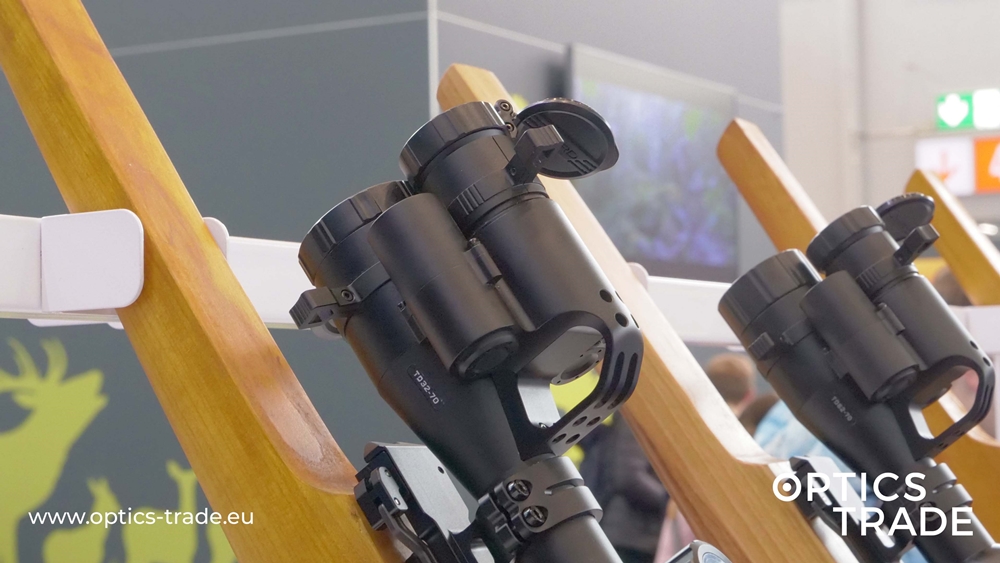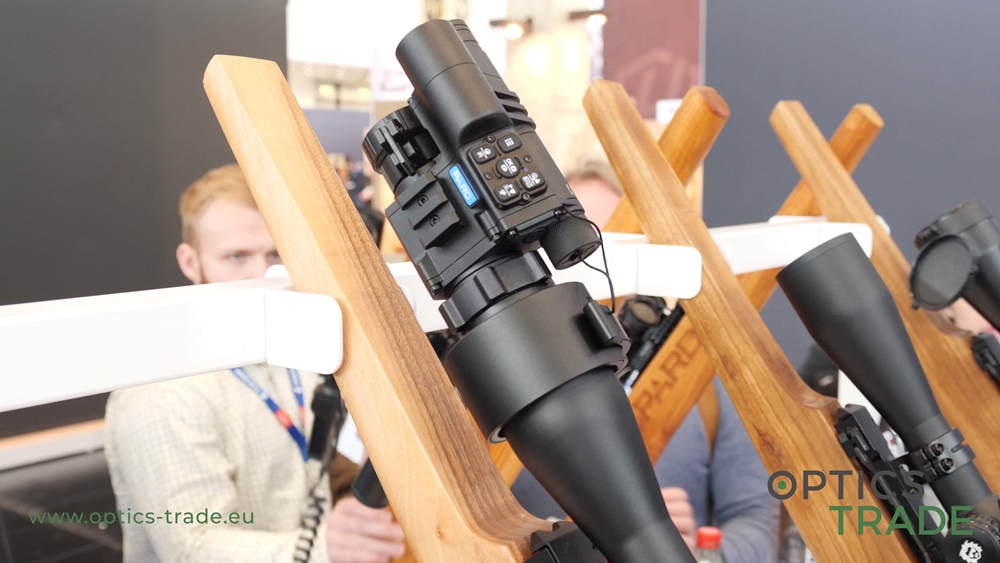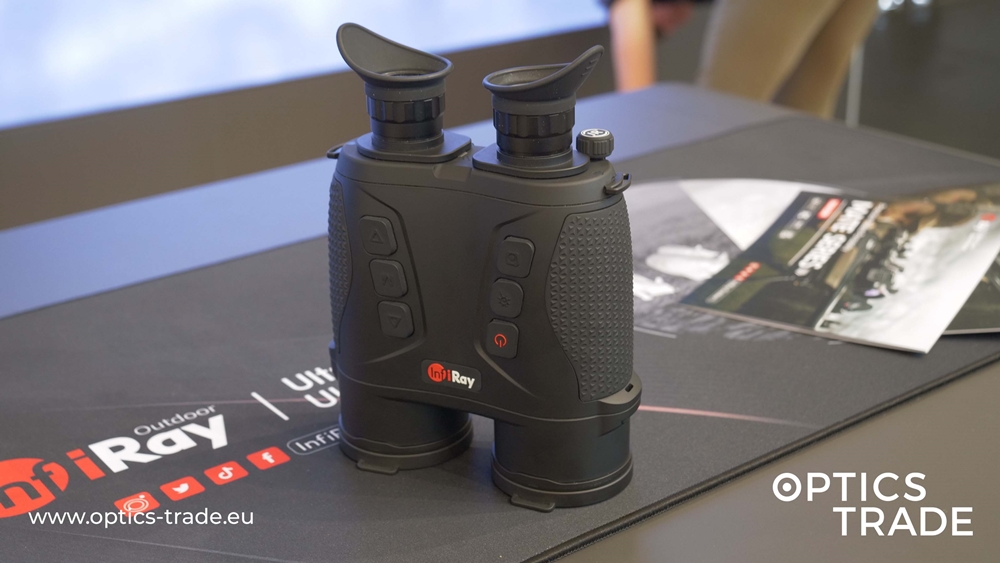Hello and welcome to another episode of Optics Trade Debates. Today we’re here to talk in length about night vision goggles, a category of NV optical devices that is available on our webpage. Let’s dive in.
Night vision goggles may look like ordinary daytime binoculars but have the magnification power of 1 (the image is not magnified) and can be used as glasses. That means that the user can do anything as they normally would with plain sight (complete tasks, operate vehicles etc.) since NV goggles won’t get in the way.
Compare that to night vision binoculars that feature magnification (usually varying from 2x to 8x) and need to be hand-held in front of the user’s face, therefore limiting the scope of that person’s activity. In this regard, night vision goggles are definitely a unique optical device.
The objective lens tend to have a diametre up to 24 millimetres and not more. NV goggles, for the most part, feature an integrated IR illuminator and are made in a way that makes them easy to use in combination with a head mount.
Most often, there are only two positions the user switches between. The NV goggles are either placed on the person’s eyes or above them so that the user can rely on their plain sight only. This switch is made really easy with the employment of a head mount and the user’s hands are left unoccupied. Indeed, there is little to no hindrance of the person’s normal activity.
Some of these devices already come with a head mount. But it can be also purchased separately since NV goggles can still be used as normal NV binoculars like these, just without any magnification. The user can simply use their hands and take a look through. More affordable models often come with a head mount included but the premium models do not.
Night vision goggles also commonly allow for a really close-distance focus. With a 1x magnification, the user can focus even to just a couple of centimetres. The reason behind this feature is that the person needs to see their hands, no matter how close to the face, as well as they would otherwise, with their naked eye. The same goes for close objects. These NV optical devices truly require a short, close-distance focusing.
As far as other physical properties are concerned, night vision goggles tend to be quite light. They simply have to be because they are frequently used mounted on a helmet or with a head mount. Heavier devices would not work well.
The customers might associate NV goggles with special weapons and tactics (SWAT), military and rescue missions so perhaps it would be in order to explain the civil use of these optical devices. Many hunters use them to hunt at night and stalk prey. Professionals and security forces also use them in surveillance. In short, they are used in situations where the person has to operate as a normal body without a light source.
For now, the majority of these devices uses analog technology and relies on two light-amplifying photocathodes. There have already been a few generations of these devices, from the 1st Gen to the latest, the 3rd. Digital technology hasn’t yet made great strides in this category of NV optics.
The price of these devices goes all the way from 500 euros on average for Generation 1 devices, all the way to extremes for Generation 2+ and Generation 3. These devices can cost 5.000 euros and more.
This is everything we had in mind for this debate. Thank you for your attention. Please like and share this video if you found it useful. If you have any remaining questions, feel free to send us an email or leave a comment in the section below. We love to help. Subscribe to our YouTube channel for more content. See you next time!
Products mentioned:




